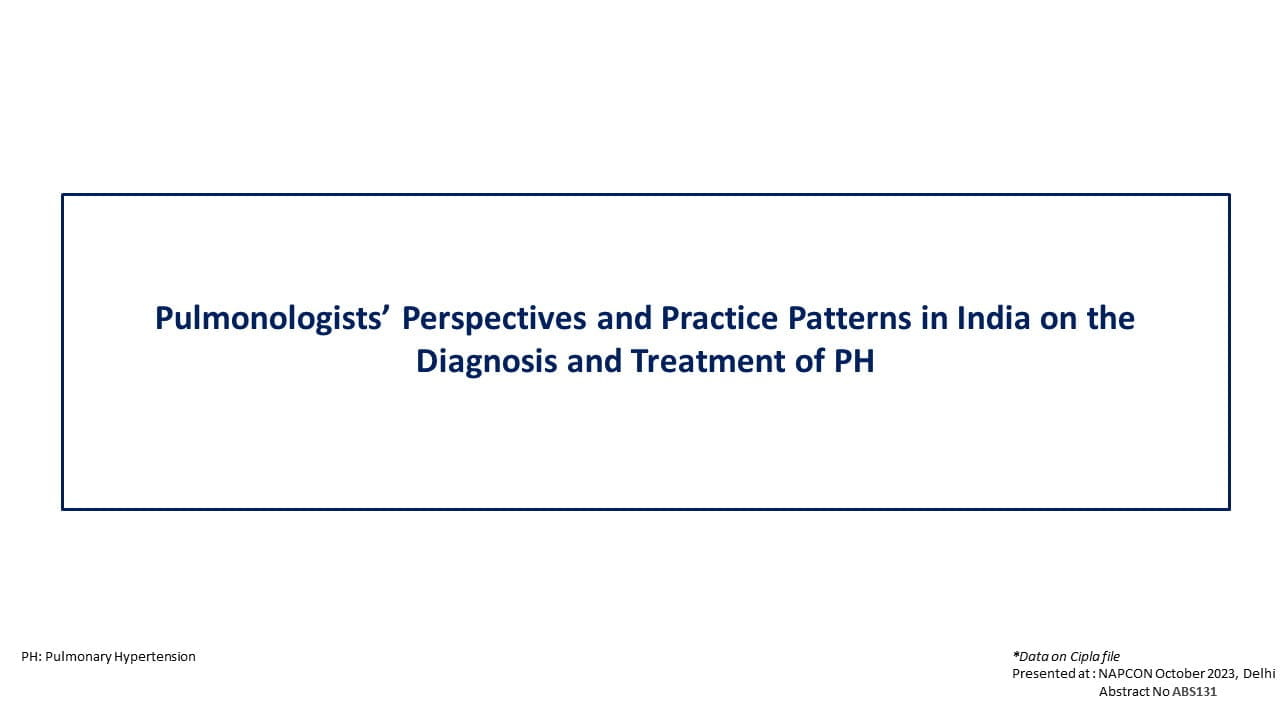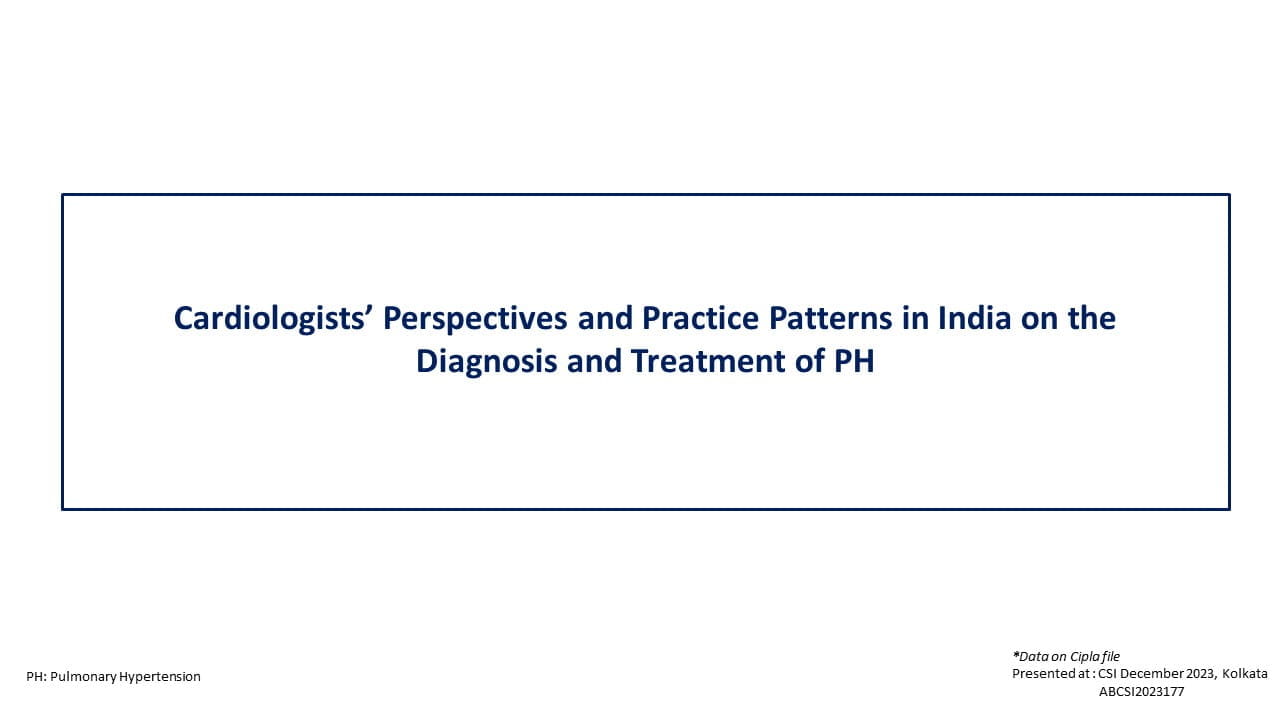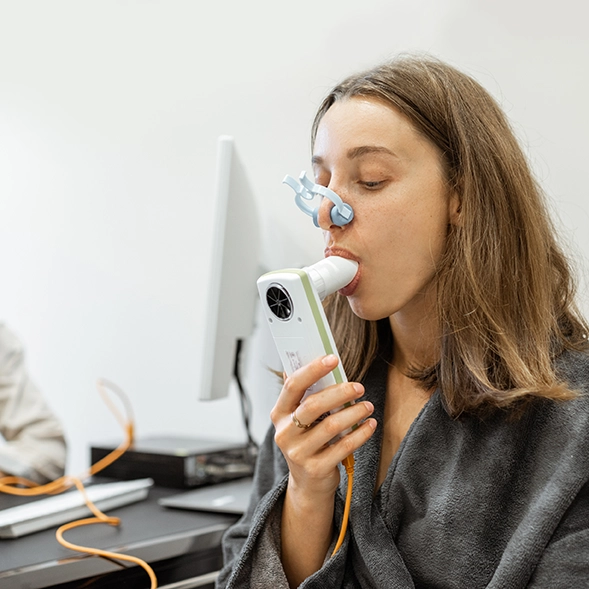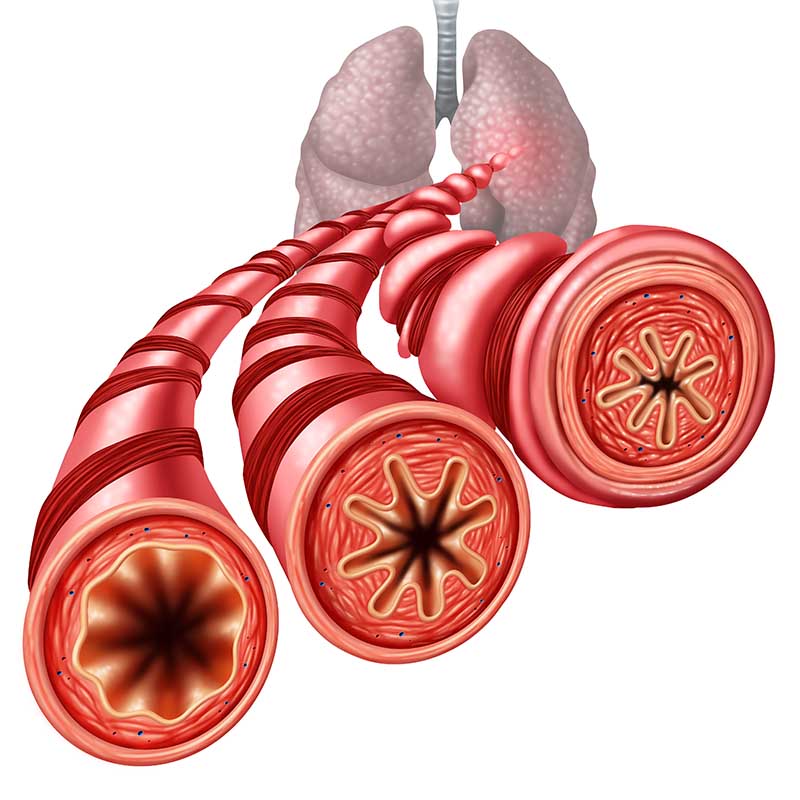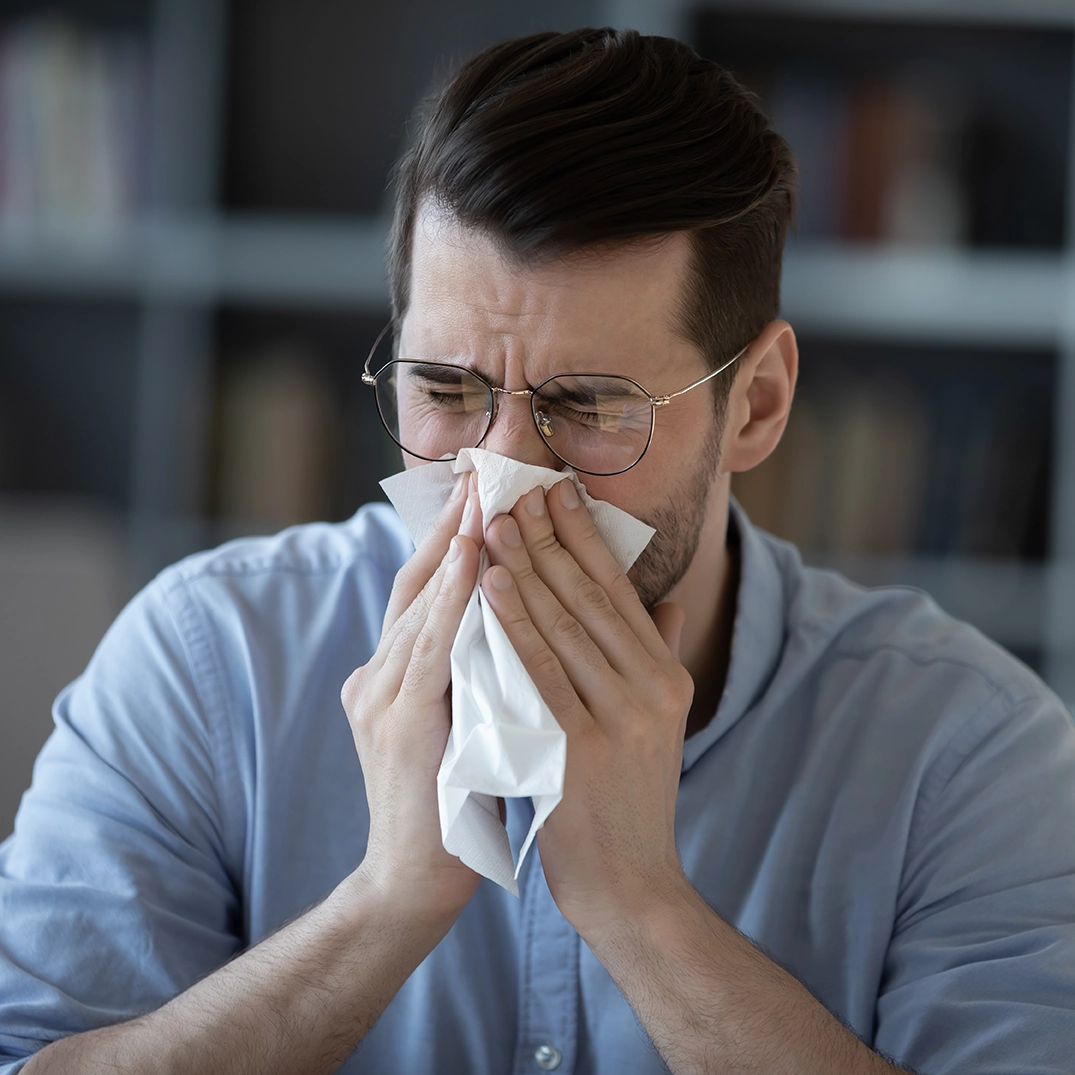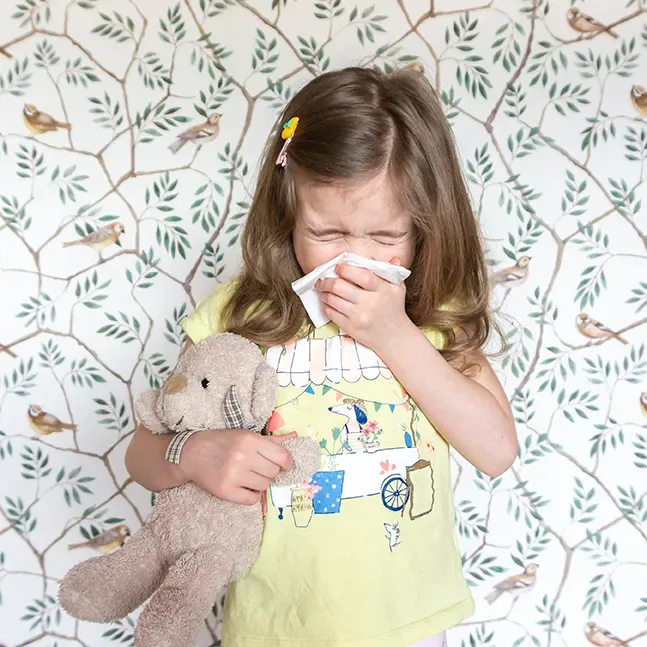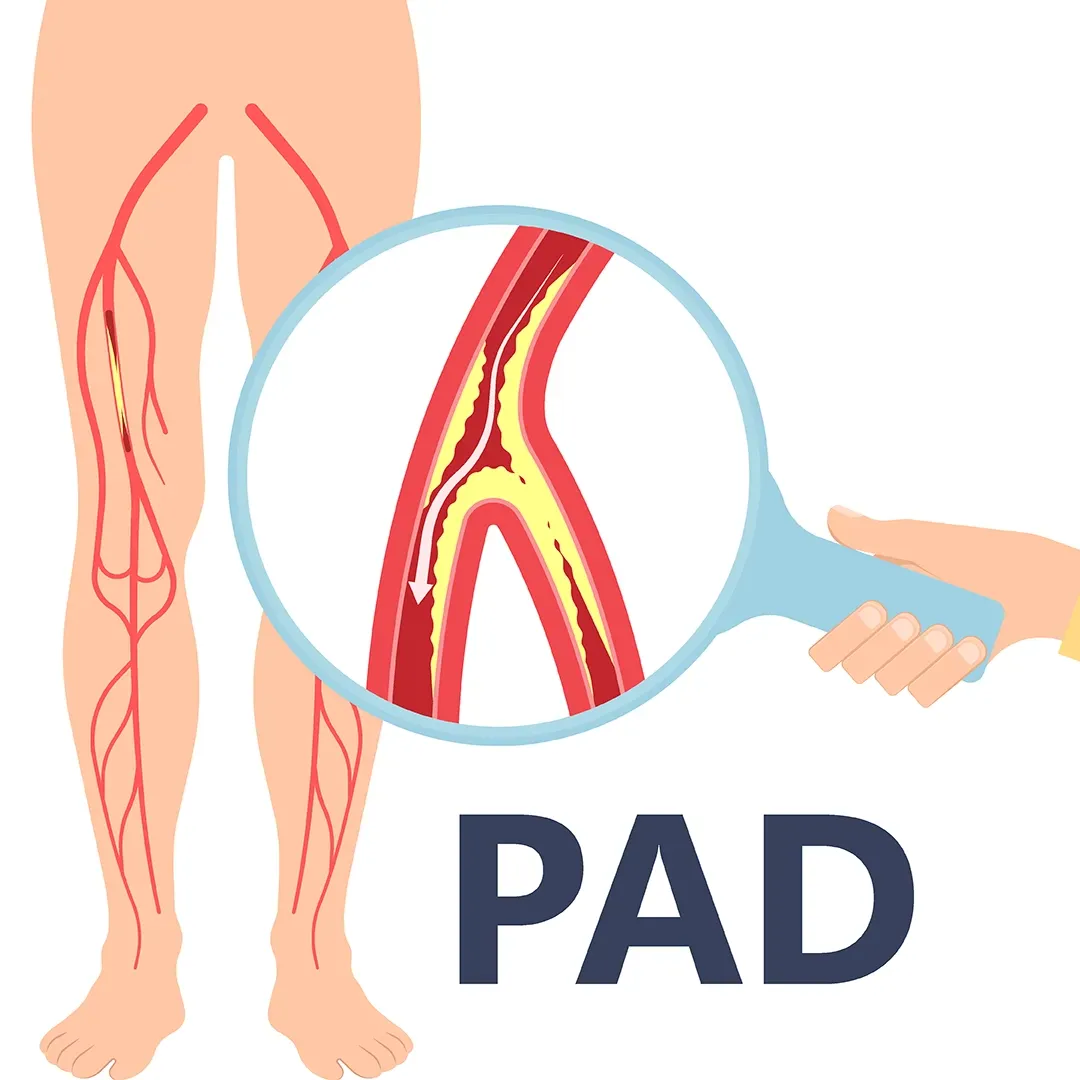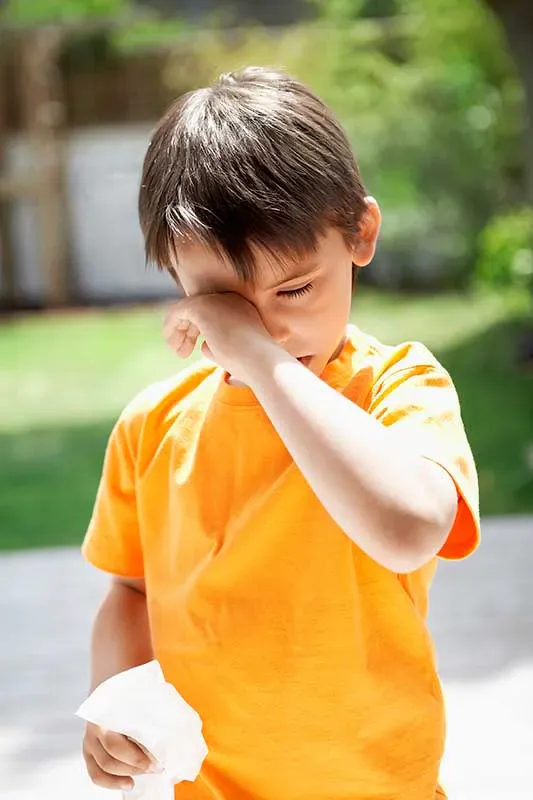Introduction
Isotretinoin is used for treating severe acne and moderate acne that does not respond to standard therapies, typically at a dosage of 0.5 to 1.0 mg/kg per day for 4 to 8 months. While low-dose isotretinoin therapy is appealing due to its potential to reduce side effects, there is limited research on its safety and effectiveness in Indian patients.
Aim
To evaluate the safety & efficacy of low-dose isotretinoin in the treatment of moderate to severe acne vulgaris and thus determine an effective modality of treatment with a low incidence of severe side effects, in a more cost-effective manner.
Patient Profile
Patients with moderate to severe acne vulgaris
Methods
- Prospective non-comparative study
- N=50
- Assessment of acne done using the global acne grading system (GAGS)
Global acne grading system
|
Location |
Factor |
|
Forehead |
2 |
|
Right cheek |
2 |
|
Left cheek |
2 |
|
Nose |
1 |
|
Chin |
1 |
|
Chest and upper back |
3 |
Note: Each type of lesion is given a value depending on severity, No lesions=0, comedones=1, papules=2, pustules=3 and nodules=4, The score for each area (local score) is calculated using the formula: Local score=Factor × Grade (0-4). The global score is the sum of local scores, and acne severity was graded using the global score. A score of 1-18 is considered mild; 19-30, moderate; 31-38, severe, and >39, very severe
- The dose of isotretinoin used was 20 mg/day over a period of 3 months.
- Baseline investigations, such as blood counts, liver function tests, lipid profiles and urine pregnancy tests for women of childbearing potential, were conducted before treatment began. Follow-up assessments took place at one and three months post-treatment.
- Participants were monitored for a period of 6 months following the completion of treatment to identify any potential relapse.
Study Outcomes
- The efficacy of the drug was assessed by lesion counts at each visit.
- The response to treatment was evaluated at end of 1 month and at the end of 3 months following completion of treatment and, was assessed on scales 0-4.
- Scale definition
- 0 – completely cleared 100% lesion clearance
- 1 – marked improvement > 75% lesion clearance
- 2 – moderate improvement 50-75% lesion clearance
- 3 – mild improvement 25-50% lesion clearance
- 4 – insignificant improvement < 25% lesion clearance
- The participants were also evaluated for the safety of the drug on each follow-up visit.
Results
- At the end of 12 weeks, excellent results were achieved in 6% of the participants, while 90% experienced very good outcomes, and relapse occurred in 4% of the participants
- At the end of treatment, a statistically significant reduction in the grade of acne was noted (Friedman Test, .2 = 146.23, P < 0.0001, highly significant).
Table 1: Results-grade of acne in the patients in the study at the end of treatment
|
Grade |
0 |
1 |
2 |
3 |
4 |
|
Week |
No. of participants (%) |
No. of participants (%) |
No. of participants (%) |
No. of participants (%) |
No. of participants (%) |
|
Week 0 |
0 |
0 (0) |
6 (12.0) |
28 (56.0) |
16 (32.0) |
|
Week 4 |
0 (0) |
3 (6.0) |
26 (52.0) |
17 (34.0) |
4 (8.0) |
|
Week 12 |
3 (6) |
45 (90.0) |
2 (4.0) |
0 (0) |
0 (0) |
|
After 6 months |
3 (6) |
44 (88.0) |
2 (4.0) |
1 (2.0) |
0 (0) |
Friedman test, .2 = 146.23, P<0.0001, Highly significant
- At the end of 12 weeks post treatment
- 3 participants (6%) had 100% lesion clearance (scale 0)
- 45 participants (90%) had > 75% lesion clearance (scale 1)
- 2 participants (4%) had 50-75% lesion clearance (scale 2)
Table 2: Post treatment-scale of acne in the patients in the study
|
Scale |
Week 4 (%) |
Week 12 (%) |
|
0 |
- |
6 |
|
1 |
6 |
90 |
|
2 |
52 |
4 |
|
3 |
34 |
- |
|
4 |
8 |
- |
Adverse events
- Cheilitis was the most frequently observed side effect, occurring in 98% of the participants, followed by xeroxsis (84%), dandruff (12%), erythema of the face(8%), hair rough and dry (8%) and dryness of mouth (6%)
- Abnormal levels of liver enzymes and serum lipids were observed in 6% participants each.
- No significant changes were observed in the levels of hemoglobin, white blood cells count, and platelet count.
Conclusion
A three-month treatment regimen of low-dose isotretinoin (20 mg/day) proved effective for managing moderate to severe acne vulgaris, demonstrating a low occurrence of serious side effects. Additionally, this dosage was more cost-effective compared to higher doses.
Reference
Indian J Dermatol 2014; 59:316


